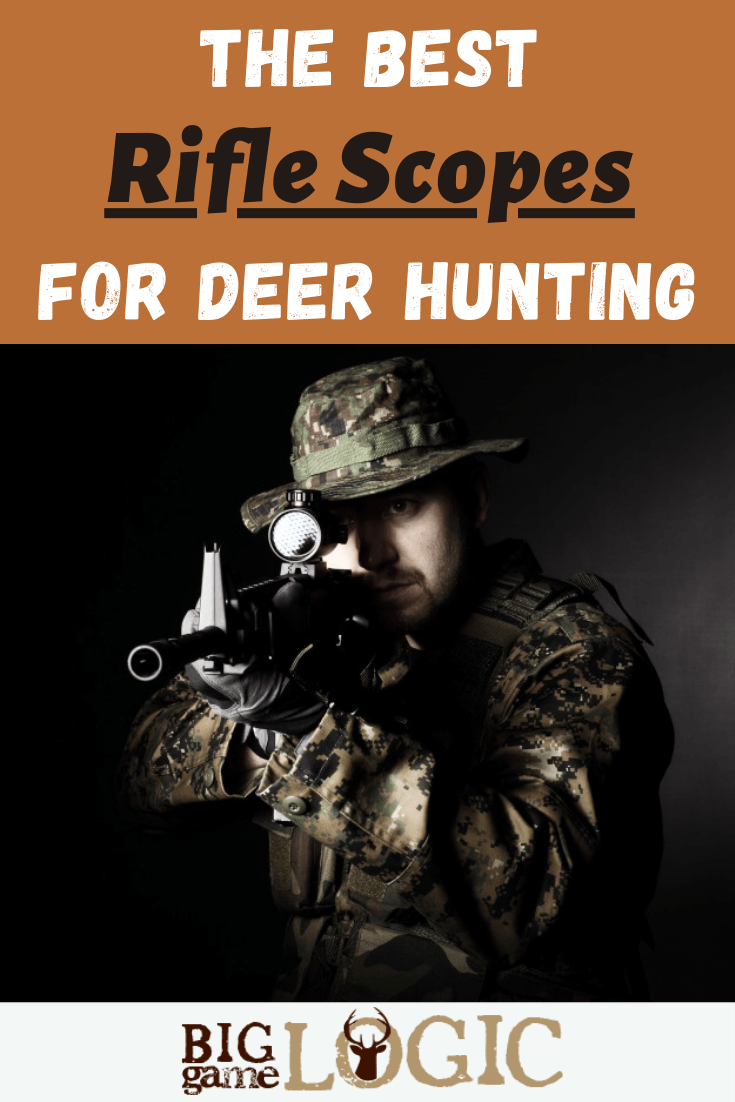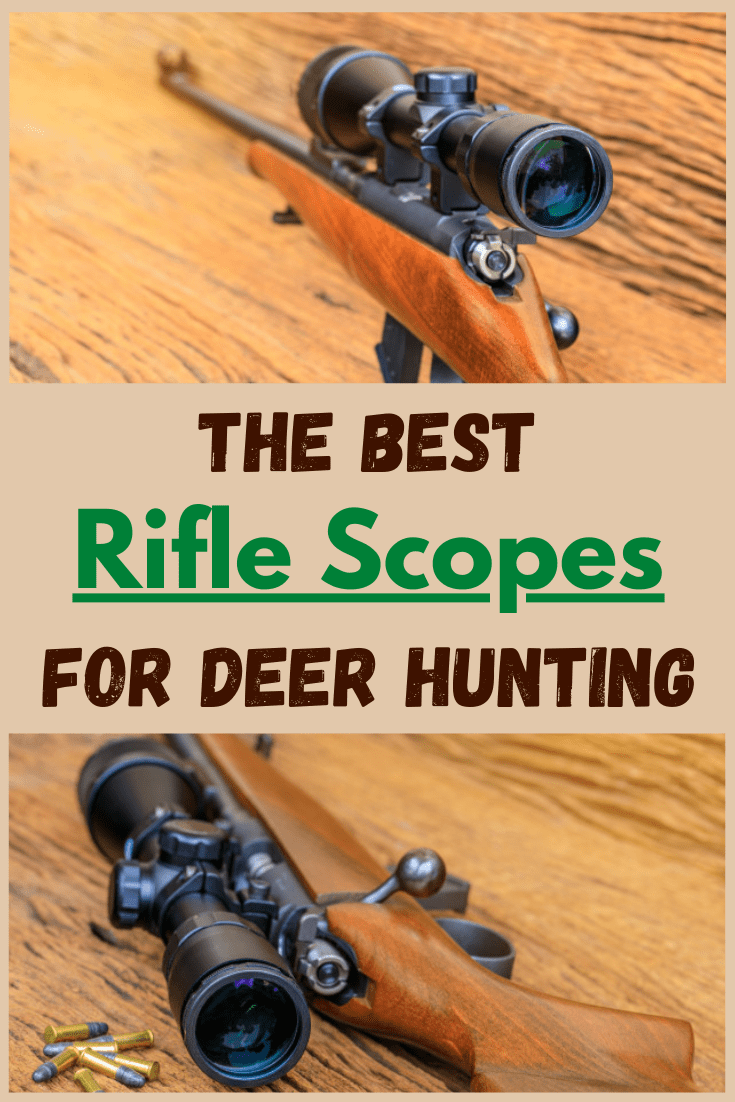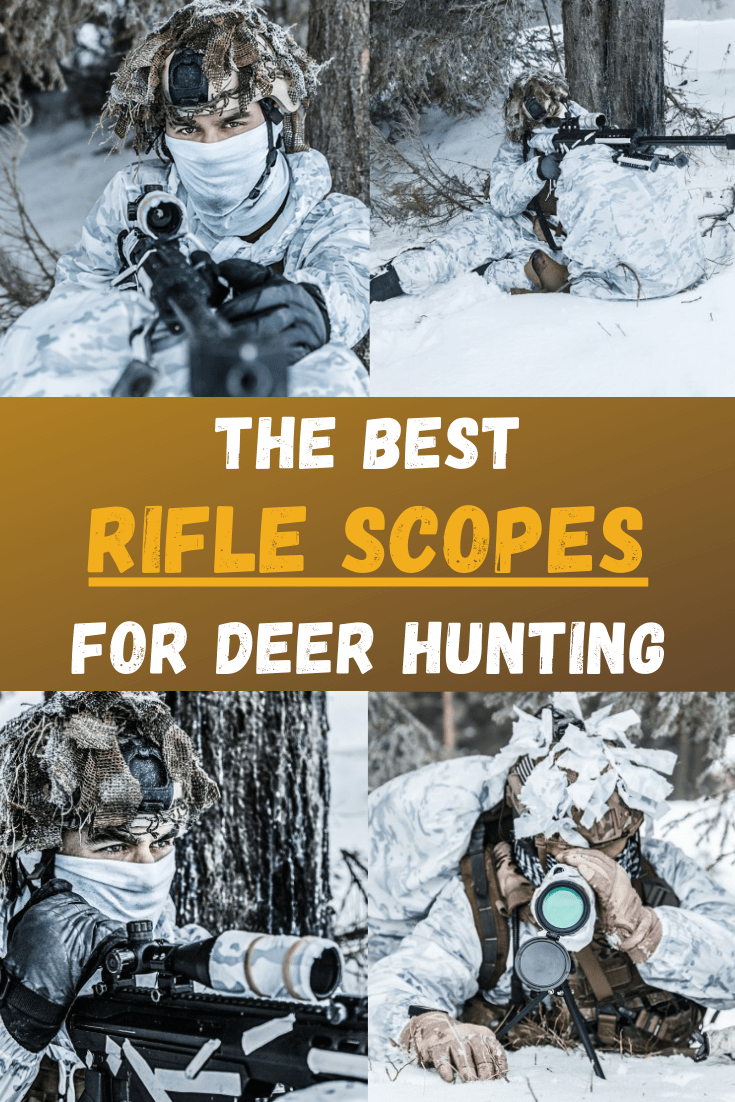Big Game Logic is reader-supported. When you buy through links on our site, we may earn an affiliate commission.
A trip to your local sporting goods store to purchase deer scents can be a confusing ordeal. One of the questions I most often receive from hunters is "What type of scent should I use for deer hunting?" The answer to that question often depends on who you ask and the time of year you are hunting deer. Let's get started by looking at the different types of scents and when to use them.
Deer Hunting Cover Scents
Cover scents are designed to mask or hide human scent. Cover scents come in a wide variety of different options from natural smells such as earth, pine, oak, etc. to fox urine, skunk, coon and more. There is even a deer turd cover scent on the market. I'm not sure I want a deer bad enough to spread deer crap cover scent all over my body but to each his own.
Although cover scent works some times I prefer to focus on scent control using carbon clothing, scent elimination sprays and setting up to use the wind to my advantage. I am sure some hunters and scent manufactures will disagree with me but I do not use cover scents.
I've never seen a skunk up a tree and I would bet a deer hasn't either. If you do use a cover scent make sure it is natural to the area you are hunting. For example if you are hunting in a pine forest maybe a pine scent isn't the best choice.
One other note about cover scents: A few years ago I went bow hunting with a friend who was pretty new to hunting and as we were walking to our stands he proceeded to take some doe in heat pee from his pack and splash it all over his body. THIS IS NOT A GOOD COVER SCENT. For one thing deer do not climb trees and more importantly splashing doe in heat pee on yourself is a good way to get mauled by a horny buck.

Scents For Attracting Deer
There are many different attractant scents for deer on the market today. Some of these scents are meant to imitate food such as corn or apples others are just meant to attract curious deer. Still other scents are made from doe and buck pee and are meant to be sexual attractants around the rut. In my personal opinion forget the food smelling attractant scents and go with one of the doe or buck pee attractants. Which one you choose depends allot on the portion of the rut you are hunting.
Pre Rut Deer Scents
During the pre rut deer are often running in bachelor groups and busy establishing dominance. When hunting the pre rut I will typically use some sort of dominate buck urine. If hunting the same area for a while I like to create a mock scrape and drop a few drips of dominate buck urine in the mock scrape with in range of my deer stand. Each day I will freshen the scrape in the hopes of getting another mature buck in the area to start checking the hot scrape looking for this mystery buck.
Through out the hunting season I will drip a few drops of dominate buck urine on the trail near my stand in a spot that offers me a excellent shot. 99% of the time the deer walking the trail will stop and check out the scent offering me a great shot. I have bagged quite a few deer using this tactic and use it all season long.
Full Rut Scents
During the full rut I will set up a scent bomb or wick near my stand with some sort of estrus doe pee. During the rut bucks are actively looking for does and a estrus scent along with calling will often bring a wandering buck in close enough for a good shot.
Post Rut Scents
During post rut hunting I don't use scents very much at all other then a few well placed drops in the area I am hoping to stop a buck for a good shot. This is the time of year when I use up what ever is in my pack or go with out scent at all. During post rut I focus on food sources and try and hunt early morning and just before dusk.
Five Ways to Control Your Scent
Deer have always been prey species. They use all of their senses to avoid being killed by predators like coyotes, wolves, bears, hunters, and automobiles. Their most refined defense is their nose. Whitetail deer are believed to have noses one hundred times more sensitive than a dog’s. Uneducated deer are usually not exceedingly weary of human scent. But if you want to get close to a mature buck you’re going to have to control your scent. Here are five great tips for controlling human odor while deer hunting.
Scent Control Clothing
The first step is scent control clothing. Some clothing utilizes activated carbon, others use silver to eliminate odor. Just about everything from base layers, socks, gloves, pants, jackets, hats, and facemasks are made to control odor. Of course, rubber boots are also an important addition. It doesn’t matter what you wear if you don’t take care of your clothing. If you’re wearing your scent free clothing in the truck or during breakfast you might as well wrap yourself in bacon. Don’t put on your hunting clothing until you’re in the field and have everything else ready to go.
Don’t wash your scent free clothing in normal detergent. Use scent free, phosphate free, UV brightener-free detergent. In fact, wash a load of your normal clothes in this detergent before doing a load of your hunting clothes just to get any residual detergent out of the machine. Once clean, clothing should be stored in a sealed, scent-free container.
De-Scenting Shower
Your body is constantly creating odor. Bacteria is the chief cause of human odor and most scent killing soap is designed to kill bacteria. Lather your entire body and leave the soap on for about a minute before rinsing off. Letting the soap sit on your body will allow it to kill more bacteria. Be sure to wash a supply of towels with your scent free laundry detergent too. Before dressing, apply scent free antiperspirant.
Dirty Mouth
One of the most bacteria rich environments on your body is your mouth. As you exhale, much of the scent from your mouth is dispersed into the air. Brush your teeth with unscented baking soda toothpaste at home and just before going into the field. Plaque is a chief producer of scent. Regular visits to the dentist can help control plaque and in turn, control scent. Chewing gum flavored with vanilla, apple, or mint can mask your scent.

Scent-Eliminating Sprays
Just about everybody sprays down before hunting these days. But are you doing a good enough job? Buy your spray in bulk at the beginning of the season and don’t be shy about using it. Spray down at the truck and again in the stand. Spray down everything including yourself, your equipment, decoys, calls, and anything else you may have with you.
Using Scents
There are two basic types of scents; cover scent and lures. I have seen deer lure scents work but personally avoid them. Using a deer lure scent is essentially asking deer to use their nose at a heightened level. Think about walking into your house when something really good is on the stove. You try to figure out what it is that you are smelling and are very aware of the scents in your home. If you come home before dinner is on the stove your house just smells like it always does and you’re probably not thinking about scent at all.
The same principle applies for deer in my opinion. I do like cover scents but I don’t buy commercially produced scents. I prefer using scents from my hunting area. For example, we have junipers, apple trees, and various pines scattered throughout the property. I’ll use branches and apples to mask my scent. I’ve also been known to walk through cow pies on the way into my stand.
You’re never going to completely eliminate your scent. But if you can control it well, you can make a buck think your 200 yards away when you’re really just 20 yards away.
Deer Scent Myths
There are a lot of companies making a lot of money on hunter’s fears about scent and the wind. In many cases, scent control is important. However, some people take scent control to the extreme and in my opinion, many times its just not necessary. Since, I’m throwing the “O” word around, keep in mind what you are about to read is solely my opinion, based on personal results and observations in the field.
Myth No. 1: Big Bucks Always Walk Into the Wind
Sometimes this is simply impossible. Think about it. If a buck leaves his bed in the evening and heads west to a field with a west wind blowing into his face, how is he going to get back to his bed in the morning? Is he going to wait until the wind changes? Is he going to continue walking west until he hits an impenetrable water barrier? If this were the case, the west coast would have the best deer hunting in the world because all the deer would eventually end up there.
Deer are habitual creatures that act in a way that’s easiest and safest. However, they are often forced to act out of character. I see bucks regularly walking with a tail wind or quartering from a wind. Usually, it’s in the morning. If you know the area you are hunting well, you’ll figure out where the deer bed and where they feed. Checking rubs is also a good way to know which direction deer typically travel on a given trail. If all the rubs are on the east side of a tree, deer typically use that trail to head west.
Myth No. 2: Hunters Can Make Themselves Totally Scent Free
I challenge any deer hunter to wash with scent reducing soap, wear scent control clothing and boots, and even chew scent reducing gum. You will still smell like a human in the woods. Unfortunately, we breathe air.
No matter what you do, short of holding your breath for hours, you will emit human scent. We sweat when we climb into stands, we pass gas, and we breathe. I’m not going to say scent reducers don’t help. However, to think that we can be totally scent free is a fallacy.
Myth No. 3: Scent control is Vital for Successful Deer Hunting
My answer to this is yes and no. There are situations in which scent control is clearly an asset. When hunting large stands of wilderness timber, mountainous areas, or other areas in which humans are not common. I still make periodic trips to the Rockies to hunt mule deer and elk. However, most of my deer hunting is done in the farm country of Southwest Wisconsin. Houses, barns, tractors, and cows dot the country side.
Deer in these parts eat corn and often drink from the same troughs cows do. When hunting these deer, being still and silent outweighs being scentless in my opinion. Deer in these areas are used to smelling people. Human scents are always in the air and they just make up part of the scent landscape. location and cover are important components in a scent control strategy

A few years ago, I took a trip to British Columbia to do some fishing. After a few minutes of casting, I was startled by a huge brown bear planning to do some fishing of his own. He was used to encountering humans on this river. I was not used to seeing huge bears up close while fishing. I didn’t have any holes in my waders but was close to becoming very wet if you know what I mean. By the end of the trip, I was no longer fearful of these huge beasts. They could kill me whenever they wanted but they were not interested in eating me. They wanted salmon.
Farmland deer are in a similar situation. They learn to live around people and eventually don’t see them as a real threat. They respond to pressure more than scent. If their territory is invaded by large groups of humans during hunting season, they are going to react. If you tread lightly and don’t overpressure the area, deer will continue to act as they normally do regardless of scent.
Do I think scent control programs are a waste of time and money? I believe that you should do what you can. There are situations in which scent control can be more beneficial than ignoring scent. But I also believe that most people are far more conscious of it than they need to be. Yes, there are plenty of hunting “experts” that will disagree with me. I encourage you to take a look at their sponsor list before believing everything they say.
Conclusion
Knowing which scent to use and when to use it can help you harvest more deer but there is no substitute for good scouting and learning deer patterns.
Share to Pinterest




